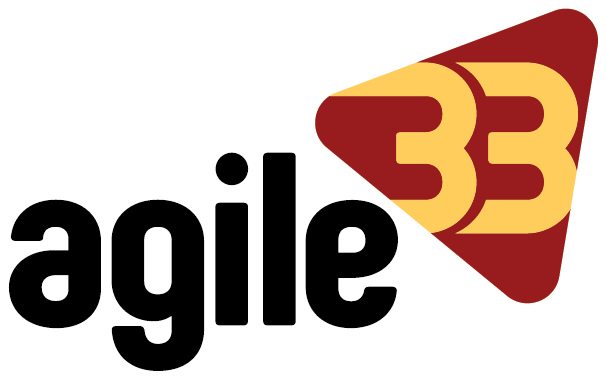
Project management is as much about precision as it is about adaptability. At the heart of every successful project lies a delicate balance between scope, time, and cost—commonly known as the triple constraints. These three elements form the core of project planning and delivery, and when one shifts, the others are inevitably affected.
For project managers, the challenge isn’t just understanding these constraints—it’s keeping them under control without compromising quality or stakeholder expectations.
Here’s how skilled project managers maintain that balance.
1. Define the Boundaries Early
Before a project begins, clarity around scope, timeline, and budget is critical. Each constraint must be clearly documented, approved, and communicated to all stakeholders.
· Scope defines what the project will deliver.
· Time sets the schedule for delivery.
· Cost outlines the financial resources required.
Without this foundation, teams risk misalignment, rework, and scope creep.
Tip: Use a project charter or statement of work to formalize these elements early in the planning phase.
2. Prioritize Based on Project Drivers
Not all projects weigh each constraint equally. Some prioritize speed, others emphasize cost-efficiency, and some are defined by fixed deliverables.
A project manager must understand which constraint is least flexible and adjust the other two accordingly.
Example:
If the timeline is non-negotiable (e.g., a product launch tied to a specific event), then cost and scope may need to be adjusted to meet the deadline.
3. Monitor with Purpose
Control starts with visibility. Throughout the project lifecycle, frequent monitoring of timelines, budgets, and deliverables ensures early identification of risk.
· Use dashboards to track progress in real time
· Schedule regular status meetings with key stakeholders
· Compare actual performance with baselines
Reacting quickly to variances helps prevent small issues from growing into major roadblocks.
4. Manage Scope with Discipline
Scope creep is one of the most common ways the triple constraints become unbalanced. Without strong change control, even small additions can strain the schedule and budget.
To manage this:
· Establish a clear change request process
· Involve stakeholders in impact analysis
· Document every approved change
Maintaining scope integrity requires both process and discipline.
5. Communicate Trade-offs Transparently
Controlling the triple constraints doesn’t mean avoiding change—it means handling it transparently. When one constraint shifts, a project manager must be prepared to show how the others will be impacted.
For example:
· A new feature request may delay delivery unless the budget increases or another item is removed.
· Cutting costs may require reducing scope or extending the timeline.
When trade-offs are communicated clearly, stakeholders are more likely to stay aligned and supportive.
6. Build in Contingency Plans
Even with the best planning, unexpected issues will arise. The most effective project managers build flexibility into their timelines and budgets with contingency buffers. This allows the team to stay on track even when the plan requires adjustment.
A 10% contingency on time or cost can mean the difference between crisis and control.
The triple constraints are not rigid rules—they’re a framework for smart decision-making. Project managers who actively manage scope, time, and cost with intention are better equipped to lead teams, adjust to change, and deliver results. Controlling the triple constraints isn’t about avoiding risk—it’s about managing it with clarity and confidence.
